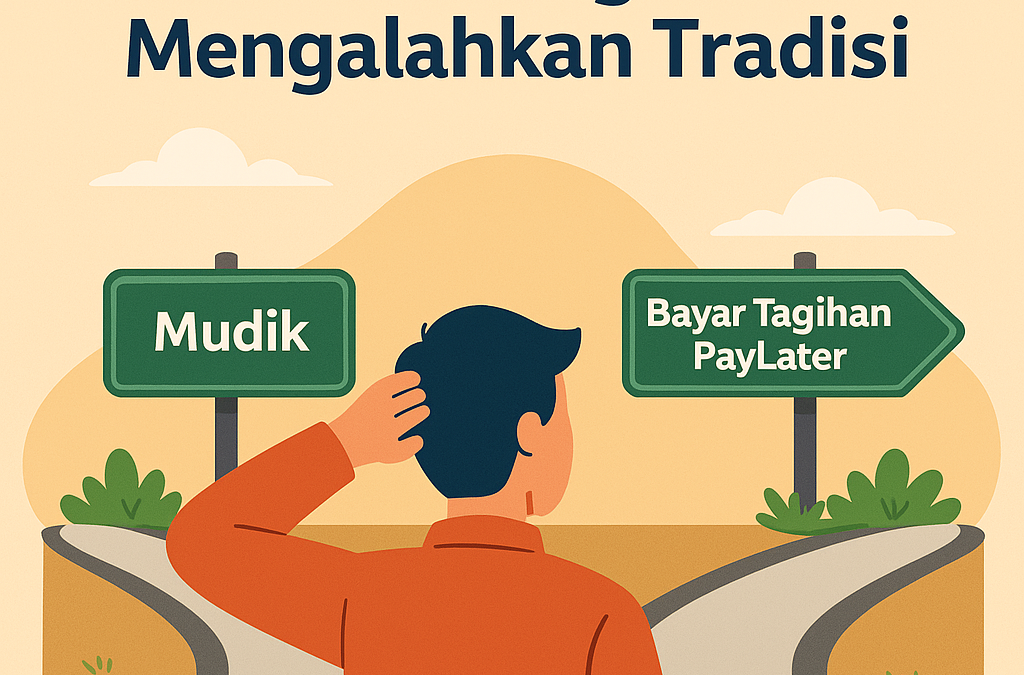
The Attention Economy and Your Brain
Did you know that the average attention span has dropped from 12 seconds in 2000 to just 8.25 seconds in recent years? That’s less than a goldfish’s famed 9-second span, according to a study by Microsoft. In today’s hyperconnected world, distractions are everywhere—from social media notifications to the constant ping of emails—and they’re wreaking havoc on our ability to focus.
Focus isn’t just a nice-to-have skill; it’s a superpower in the modern economy. Yet, training your brain to avoid distractions isn’t about willpower alone—it’s about understanding the science of attention, applying practical strategies, and reshaping your environment to work for you, not against you.
Let’s dive into the science of focus and discover how to train your brain to stay on track, even in a world designed to pull you away.
1. What Happens to Your Brain When You’re Distracted?
To understand how to improve focus, it’s important to know what’s happening in your brain when you’re distracted. Distractions hijack the prefrontal cortex, the part of the brain responsible for decision-making, goal-setting, and concentration.
Key Points About Distraction:
- Switching Costs: Every time you switch between tasks (like checking your phone while working), your brain has to refocus, which can take up to 23 minutes and 15 seconds, according to a study by Gloria Mark at the University of California, Irvine.
- Dopamine’s Role: Social media, emails, and notifications release dopamine, the “reward chemical,” making distractions not just tempting but addictive.
- Mental Fatigue: Constant switching exhausts your brain, reducing its ability to filter out distractions over time.
2. The Science of Focus: What It Means to Pay Attention
Focus, or sustained attention, is the brain’s ability to tune out irrelevant stimuli and zero in on what matters. This process involves two key systems:
- The Bottom-Up Attention System
- This is reactive, fast, and instinctual. It’s why sudden noises or bright notifications grab your attention instantly.
- Controlled by the brain’s amygdala, it’s designed to keep you safe by alerting you to potential dangers.
- The Top-Down Attention System
- This is deliberate and goal-driven. It’s what you use when reading, solving problems, or working on a task.
- Governed by the prefrontal cortex, it requires effort and can be easily overwhelmed by distractions.
Why This Matters:
Modern distractions exploit your bottom-up system, pulling your focus away from the top-down tasks that require deep concentration. To regain control, you need to strengthen your top-down system through practice and environmental changes.
3. How to Train Your Brain to Stay Focused
1. Practice Deep Work
Deep Work, a term coined by Cal Newport, refers to the ability to focus without distraction on cognitively demanding tasks. This skill is becoming increasingly rare and valuable.
- The Science: Studies show that undistracted, deep focus strengthens neural pathways, making it easier to concentrate over time.
- How to Apply:
- Block 1-2 hours of undistracted work each day.
- Use tools like Freedom or Cold Turkey to block distracting websites.
- Work in a distraction-free environment—no phones, no notifications.
2. Embrace Single-Tasking
Multitasking reduces productivity by as much as 40%, according to research by the American Psychological Association. Your brain simply isn’t designed to handle multiple complex tasks simultaneously.
- The Science: Each time you switch tasks, your brain releases stress hormones like cortisol, making it harder to concentrate.
- How to Apply:
- Focus on one task at a time and resist the urge to “just check” your email.
- Use the Pomodoro Technique to break tasks into focused intervals.
3. Train Your Brain with Mindfulness
Mindfulness meditation has been shown to improve attention span and focus. A study published in Cognitive, Affective, & Behavioral Neuroscience found that just 10 minutes of mindfulness training per day enhances working memory and reduces distractibility.
- How It Works: Mindfulness trains your brain to notice when your attention has wandered and gently brings it back to the present moment.
- How to Start:
- Spend 10 minutes each morning practicing mindfulness. Apps like Headspace or Calm can help.
- Use “focus cues,” like deep breathing, to re-center your attention during the day.
4. Optimize Your Environment
Your surroundings play a huge role in your ability to focus. According to research from Cornell University, people in cluttered environments are 77% less productive.
- The Science: Visual clutter competes for your attention, making it harder for your brain to filter out distractions.
- How to Apply:
- Keep your workspace tidy and minimal.
- Use noise-canceling headphones or white noise to block out auditory distractions.
- Work in spaces designed for focus, like libraries or coworking spaces.
5. Harness the Power of Breaks
Working for hours without a break isn’t just unproductive—it’s counterproductive. Studies by the University of Illinois found that short breaks improve focus by restoring your brain’s ability to filter out distractions.
- How to Apply:
- Use the 90/20 Rule: Work for 90 minutes, then take a 20-minute break.
- During breaks, step away from screens and move your body—go for a walk, stretch, or grab a snack.
4. Tools and Strategies for Staying Focused
1. Time Management Apps
- Trello or Asana: Organize tasks to maintain clarity.
- Forest: Gamifies focus by growing virtual trees while you work.
- RescueTime: Tracks how you spend your time to identify distractions.
2. Cognitive Training Games
- Lumosity: Boosts attention span through brain-training games.
- Elevate: Focuses on memory and problem-solving skills.
3. Physical Tools
- Standing desks to reduce fatigue.
- Analog timers to create urgency and keep you on track.
5. Building the Habit of Focus: The Long Game
Like any skill, focus requires consistent practice. Neuroscientist Dr. Andrew Huberman emphasizes the importance of “neuroplasticity”—the brain’s ability to adapt and improve through repetition. By practicing focus daily, you’re literally rewiring your brain to resist distractions.
Key Practices for Long-Term Focus
- Create Daily Focus Rituals: Start each day with 30 minutes of distraction-free work.
- Reflect and Adjust: Review what worked and what didn’t at the end of each week.
- Celebrate Small Wins: Successfully avoided Instagram for an hour? Celebrate it—it’s progress!
6. Conclusion: Focus Is Your Competitive Edge
In a world where distractions are everywhere, focus is a skill that sets you apart. By understanding how your brain works and applying evidence-based strategies, you can train your mind to stay on track and accomplish more in less time.
Remember, focus isn’t about being perfect—it’s about progress. Start small, stay consistent, and watch as your ability to concentrate grows stronger each day. Your future self will thank you.















